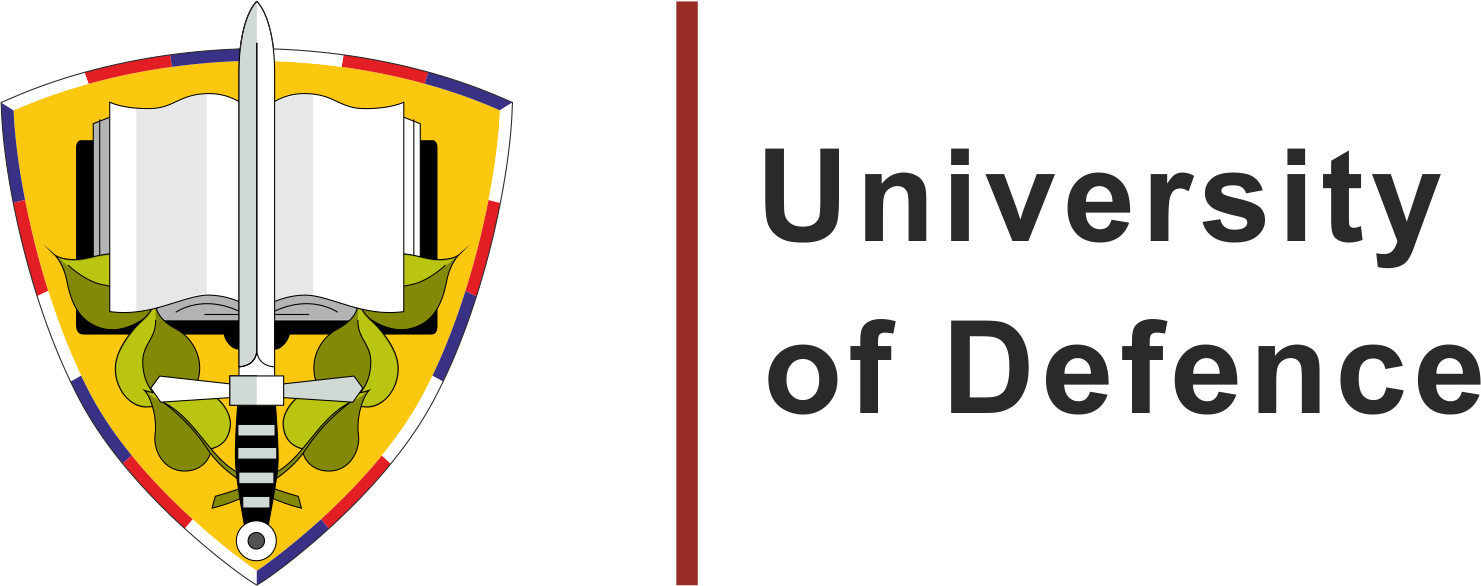Hydration Bags Construction Materials Resistance to Chemical Warfare Agents and their Comparison
DOI:
https://doi.org/10.3849/aimt.01293Keywords:
breakthrough time, chemical warfare agents, hydration device, mustard gas, organism dehydrationAbstract
When working in a contaminated area while wearing individual protective equipment, there is a high risk of overheating and dehydration. In accordance with the valid documents of the Army of the Czech Republic, a person using protective equipment has to be provided with an adequate fluid intake. To perform the work, it is necessary to equip the soldier with a hydration device that is resistant to chemical warfare agents and is structured in a way that allows its use when means of personal protection or other equipment is used. The aim of the experimental work was to verify resistance of the construction materials of hydration devices and compare them. For comparison purposes, devices designed to provide resistance to chemical warfare agents and those that did not provide it were tested. To determine breakthrough times of selected materials, the MIKROTEST and the MINITEST methods were used.
References
OTŘÍSAL, P. and FLORUS, S. Application of Options of the QCM Detection Method for the Determination of Concentrations of Toxic Compounds Depending on Resistance Assessments of Barrier Materials (in Czech). Hygiena, 2013, vol. 58, no. 3, p. 125-129. ISSN 1802-6281.
KLEINER, S.M. Water. Journal of the American Dietetic Association, 1999, vol. 99, no. 2, p. 200-206. https://doi.org/10.1016/S0002-8223(99)00048-6.
HUGO, J. and VOKURKA, M. Great Medical Dictionary (in Czech). 5th ed. Prague: Maxdorf, 2005. 1008 p. ISBN 80-7345-058-5.
Mayo Foundation for Medical Education and Research. Dehydration. [online]. [cited 2018-12-22]. Available from: http://mayocl.in/2rEQmaF.
FLORUS, S, OTŘÍSAL, P. and HANZLÍK, V. Individual Protective Equipment and Collective Protection and their Use (in Czech). Prague: Ministry of Defence of the Czech Republic, 2014. 224 p.
Water Backpack (80501) (in Czech) [online]. S. P. M. Liberec spol. s r. o. 2012. [cited 2018-02-21]. Available from: http://bit.ly/2JbXEwQ.
Source Tactical Gear. Tactical 3L Hydration pack [Datasheet]. Tirat Carmel: SourceTM. Available from: http://bit.ly/2GFmDWV.
Source Tactical Gear. MAX CBRN 3L Hydration pack [Datasheet]. Tirat Carmel: Source TM.
FLORUS, S and OTŘÍSAL, P. Selected Methods of Study of Chemical Resistance of Insulation Protective Films for Chemical Warfare Agents (in Czech). Chemické listy, 2014, vol. 108, no. 9, p. 838-842. ISSN 0009-2770.
OBŠEL, V, OTŘÍSAL, P. and FLORUS, S. The MINITEST Methodology for Determining Protective Properties of the Porous Materials Against Vapours of Sulphur Mustard and Selected Toxic Industrial Chemicals with the Possibility of Quick Statistical Evaluation of Obtained Results (in Czech) [Methodology]. Vyškov: CBRN Defence Institute, 2016. 20 p.
FLORUS, S., OTŘÍSAL, P. and OBŠEL, V. Device for Testing of Resistance of Barrier Materials to Permeation of Vapours of Toxic Agents in Static Conditions (in Czech) [Utility Model]. Prague: Ministry of Defence of the Czech Republic, 2017, 30 479, CZ 30479 U1.
OTRISAL, P., FLORUS, S., BARSAN G. and MOSTEANU, D. Employment of Simulants for Testing Constructive Materials Designed for Body Surface Isolative Protection in Relation to Chemical Warfare Agents. Revista de Chimie, 2018, vol. 69, no. 2, p. 300-304. ISSN 0034-7752.
OTŘÍSAL, P. and FLORUS, S. Current and Perspectives in Personal and Collective Protection against Effects of Toxic Compounds (in Czech). Chemické listy, 2014, vol. 108, no. 12, p. 1168-1171. ISSN 0009-2770.
Downloads
Published
License
Copyright (c) 2019 Advances in Military Technology

This work is licensed under a Creative Commons Attribution-NonCommercial 4.0 International License.
Authors who publish with this journal agree to the following terms:
1. Authors retain copyright and grant the journal right of first publication with the work simultaneously licensed under a Creative Commons Attribution License that allows others to share the work with an acknowledgement of the work's authorship and initial publication in this journal.
2. Authors are able to enter into separate, additional contractual arrangements for the non-exclusive distribution of the journal's published version of the work (e.g., post it to an institutional repository or publish it in a book), with an acknowledgement of its initial publication in this journal.
3. Authors are permitted and encouraged to post their work online (e.g., in institutional repositories or on their website) prior to and during the submission process, as it can lead to productive exchanges, as well as earlier and greater citation of published work.
Users can use, reuse and build upon the material published in the journal for any purpose, even commercially.






